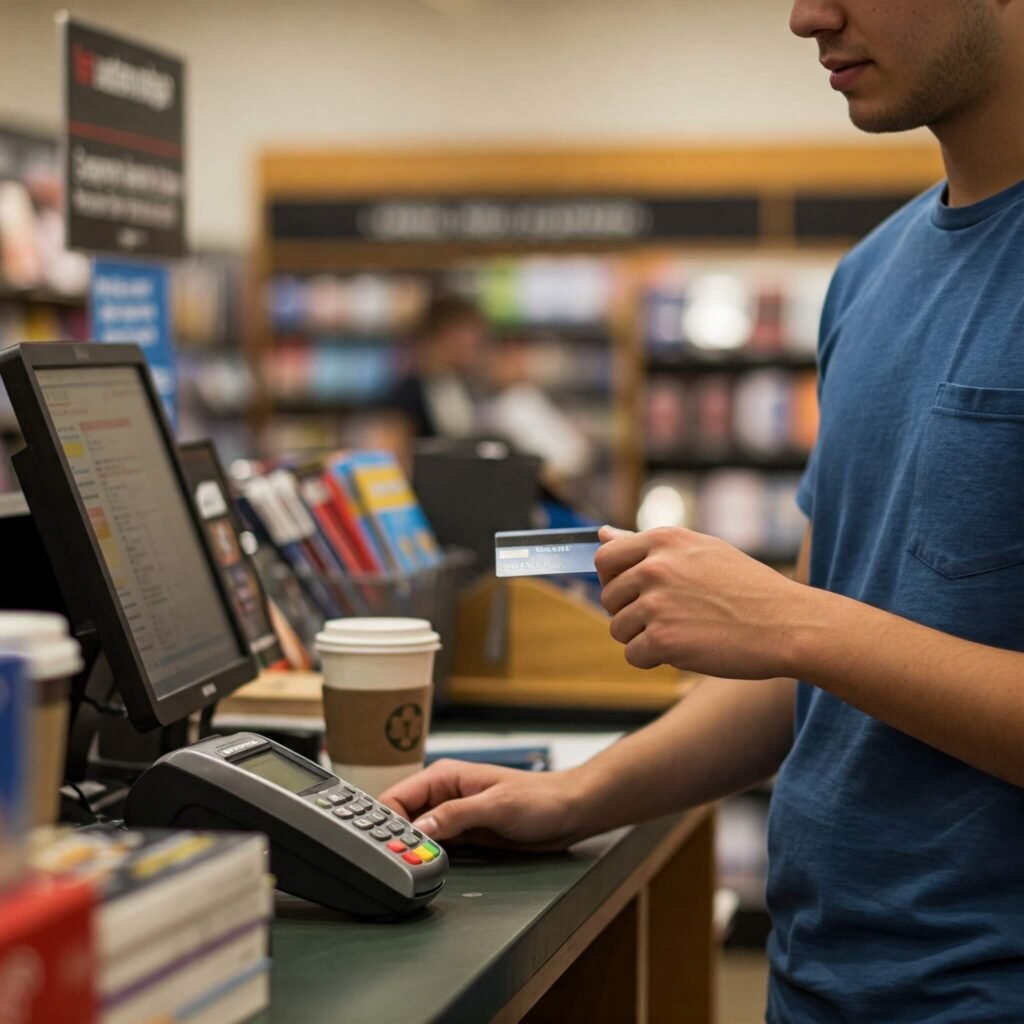Unsecured credit cards are a great starting point for beginners looking to build credit without a security deposit. Unlike secured cards, these no-deposit credit cards rely on your creditworthiness, offering flexibility and rewards. Consequently, this guide explains what unsecured credit cards are, how they work, and how to use them wisely, packed with insights and budget tips. Let’s dive into the world of standard credit cards and kickstart your credit-building journey
What Are Unsecured Credit Cards and Why They Matter
Unsecured credit cards don’t require a security deposit, unlike secured cards, making them ideal for beginners with limited funds. In fact, a 2023 Bankrate survey found 74% of Americans struggle financially due to poor credit management. Fortunately, no-deposit credit cards help build credit without upfront costs, opening doors to loans, rentals, or better cards. Therefore, understanding unsecured credit cards is key to financial success.
Benefits of No-Deposit Credit Cards for Credit Building
No-deposit credit cards offer flexibility and rewards, perfect for credit building. For instance, they often include cashback or travel perks, unlike secured cards. As a result, responsible use—paying on time and keeping balances low—boosts your credit score, enhancing your financial planning efforts.
Actionable Takeaway: Check your credit score for free at CreditKarma.com to assess eligibility for unsecured cards.
Outbound Reference: Learn about credit struggles at Bankrate.

How Unsecured Credit Cards Work for Beginners
Unsecured credit cards function like standard credit cards, offering a credit line based on your creditworthiness. Unlike secured cards, which require a deposit, these rely on factors like income or banking history. For example, issuers like Petal use alternative data for approval, making them accessible for credit card beginners.
Key Features of Standard Credit Cards
- No Security Deposit: Approval without upfront cash.
- Credit Limits: Typically $300-$5,000, based on creditworthiness.
- Rewards Programs: Cashback, points, or travel perks on many cards.
- Interest Rates: Higher APRs (18-25%) if you carry a balance.
Real-World Example: Mia, a recent graduate, got a Petal 2 Visa with a $500 limit, using it for groceries and paying in full to avoid interest, building her credit score to 680 in a year.
Outbound Reference: Explore unsecured cards at NerdWallet.
Types of Unsecured Credit Cards for Credit Building
Unsecured credit cards come in various forms, each suited for beginners with different needs. For instance, student cards or subprime cards cater to those with no or limited credit history. Thus, choosing the right no-deposit credit card is crucial for effective credit building.
Popular Unsecured Cards for Beginners
- Student Credit Cards: Designed for college students, e.g., Discover it® Student Cash Back.
- Subprime Credit Cards: For those with fair credit, e.g., Capital One Platinum.
- Alternative Data Cards: Use banking history, e.g., Petal 2 Visa.
- Retail Credit Cards: Easy approval for store purchases, e.g., Target RedCard.
Data-Driven Insight: A 2024 Forbes survey found 62% of first-time cardholders prefer student or alternative data cards for easier approval.
Outbound Reference: Compare student cards at Forbes.

Pros and Cons of Unsecured Credit Cards for Beginners
Unsecured credit cards offer unique advantages but come with risks. For example, their flexibility is appealing, but higher interest rates can be costly if mismanaged. Consequently, weighing pros and cons helps you choose the best credit card for beginners.
Advantages of No-Deposit Credit Cards
- No Upfront Cost: No security deposit required, unlike secured cards.
- Rewards Potential: Earn cashback or points, e.g., 1-5% on purchases.
- Credit Building: On-time payments boost your credit score.
- Higher Limits: Potential for larger credit lines with good credit.
Risks of Standard Credit Cards
- Higher APRs: 18-25% interest if you carry a balance.
- Fees: Some cards have annual or late fees.
- Harder Approval: Requires fair credit or alternative data.
- Temptation to Overspend: Easy access can lead to debt.
Real-World Example: Jake, a young professional, used a Capital One Platinum card for small purchases, paying in full to avoid 22% APR, raising his credit score from 600 to 720 in 18 months.
Outbound Reference: Learn about credit card risks at Bankrate.
How to Choose the Best Unsecured Credit Cards for Credit Building
Selecting the right unsecured credit card requires careful consideration. For instance, compare fees, rewards, and approval odds to find the best fit for your financial planning. Additionally, these budget tips ensure success:
Tips for Picking No-Deposit Credit Cards
- Check Approval Odds: Use pre-qualification tools from Discover or Capital One.
- Prioritize Low Fees: Avoid high annual or maintenance fees.
- Seek Rewards: Choose cards with cashback or travel perks.
- Review Terms: Look for low APRs or grace periods to avoid interest.
Actionable Takeaway: Apply for only one card at a time to avoid multiple hard inquiries, which can lower your credit score.
Outbound Reference: Get card selection tips at NerdWallet.
How to Use Unsecured Credit Cards Responsibly
Budget Tips for Credit Card Beginners
- Set a Spending Limit: Budget for what you can pay off monthly.
- Automate Payments: Ensure on-time payments to avoid late fees.
- Monitor Credit: Use free tools like Discover’s Credit Scorecard.
- Start Small: Use the card for small purchases like gas or subscriptions.
Real-World Example: Sarah, a student, used her Discover it® Student card for $50 monthly streaming services, paying on time, and raised her credit score from 0 to 650 in a year.
Outbound Reference: Explore responsible card use at Discover.

Common Myths About Unsecured Credit Cards for Beginners
Debunking Myths About Standard Credit Cards
- Myth: Unsecured cards require excellent credit.
Truth: Cards like Petal 2 accept fair credit or alternative data. - Myth: They’re always expensive.
Truth: Many have no annual fees, e.g., Discover it® Student. - Myth: They don’t build credit.
Truth: On-time payments are reported to credit bureaus. - Myth: They’re unsafe for beginners.
Truth: Responsible use prevents debt and boosts credit.
Outbound Reference: Bust credit card myths at Bankrate.
Conclusion: Start Your Journey with Unsecured Credit Cards
Unsecured credit cards are a powerful tool for beginners to build credit without a security deposit. From student cards to alternative data options, these no-deposit credit cards offer flexibility and rewards. So, choose a card, use it responsibly, and watch your credit score soar!











































